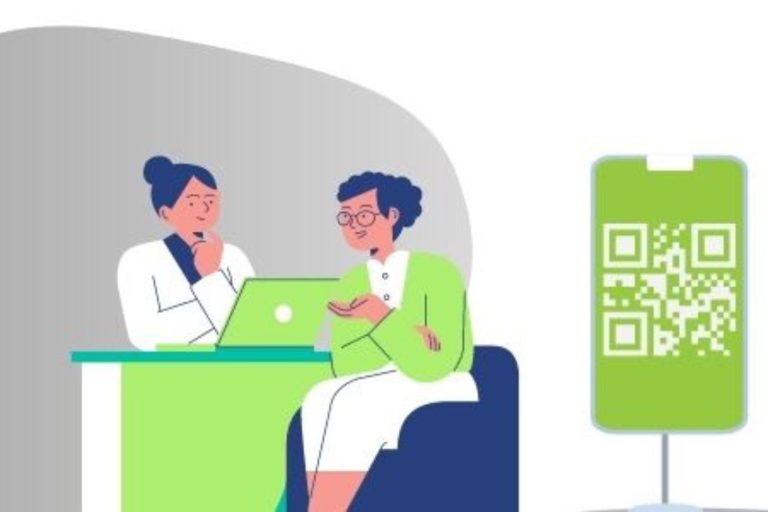Eliminating Patient No-Shows: 7 Best Practices to Avoid Missed Appointments and Boost Revenue
Isn’t it satisfying to see a fully booked schedule? However, the battle is only halfway won. The other crucial aspect is ensuring the patients show up for their appointments.
Did you know?
A study in the Journal of Medical Practice Management shows that patient no-shows cost healthcare practices in the United States an estimated $150 billion annually.
It’s clear that no-shows have a considerable financial impact, leading to wasted resources. So, how can one navigate these situations and minimize no-show appointments to avoid significant losses?
Before delving into the solution, let’s see what the common reasons for no-shows are. Why do patients usually miss appointments?
Patient no-shows indicate the patients who never arrived for a scheduled appointment nor provided any notice. So, why does this happen? Below are some of the most common reasons.
- Forgetfulness
- Inconvenient appointment slots
- Demographic barriers such as age (like the elderly patients unable to drive)
- Language barriers
- Anxiety about procedures, bad news, and physician disapproval
- Unaffordability of copays, deductibles, and out-of-pocket expenses
These challenges can be solved easily with an effective digital approach. Below are the specific tools and strategies that you can implement to eliminate no-shows, boost your revenue, and focus on delivering quality care.
8 Effective practices to reduce no-shows and missed appointments:
1. Send Automated Appointment Reminders:
According to a survey conducted by MGMA, healthcare practices have seen a 30 percent decrease in missed appointment rates using automated reminders.
It is perhaps the most effective strategy to reduce no-show rates significantly. Use text and email reminders at varying intervals before the appointment date. Include actionable reminders where patients can confirm their appointments. You can additionally include directions and address common questions to provide ease.
2. Simplify rescheduling or canceling:
Offering patients an easy and quick option to reschedule or cancel an appointment is crucial to managing your schedule. Use actionable appointment reminders where patients can text or reply to reschedule or cancel an appointment. This way, you can improve engagement and reduce the likelihood of future no-shows.
3. Send prep instructions before the appointment:
Sending pre-appointment instructions through various communication channels is an effective way to ensure patient preparedness, clarify expectations, and reduce anxiety. Practices can communicate instructions and information prior to a visit or procedure to help patients prepare before they arrive at their doctor’s office.
4. Educate patients and address their fears:
One of the most crucial factors in minimizing patient no-show rates involves making medical information accessible, especially for complex medical cases. Use broadcast messaging to address their fear of bad results or discomfort. Offer open conversations via preferred communication channels to mitigate hesitance.
5. Minimize wait times with digital check-in options:
Doctor visits can be daunting for patients due to the time-consuming process and lengthy wait times. Address these inhibitions by providing an option to complete the forms in advance. Additionally, patients can use digital check-in options when they arrive at the office. These channels can drastically reduce wait times and improve patient experience.
6. Offer preferred language options:
Language barrier is another reason for high no-show rates as patients find it challenging to provide data in their non-native language. Allow patients to complete forms in their preferred language and in advance to curb such inhibitions.
7. Set up convenient communication channel:
Offer patients a convenient communication channel, such as email, SMS, or secure messaging features. Encourage patients to interact freely anytime for appointment rescheduling or queries. This helps in addressing any apprehensions and fosters better patient relationships.
8. Provide telehealth services to fill up no-show slots:
Telehealth appointments are another strategy to fill up last-minute no-show slots. You can also create an on-call list for no-show slots to streamline the process and save administrative time.
Here’s a Bonus Tip:
Send a message in case of no-shows:
In case of missed appointments, the staff can send curated and courteous messages by sending a “Sorry We Missed You text.” Additionally, you can prompt them to schedule a new appointment at their convenient time.
On a Final Note:
To make these best practices more effective, practices need to rely on digital tools and maintain regular communication with patients.
Explore CheckinAsyst’s suite of patient communication tools, including appointment reminders, secure chat, and broadcast messaging. Learn how the platform can effectively decrease no-show rates and raise your bottom-line. Click here to schedule a demo and talk to our experts.







![Great [Patient] Expectations](https://www.healthasyst.com/checkinasyst/wp-content/uploads/2021/06/Great-Patient-Expectations-768x510.jpg)